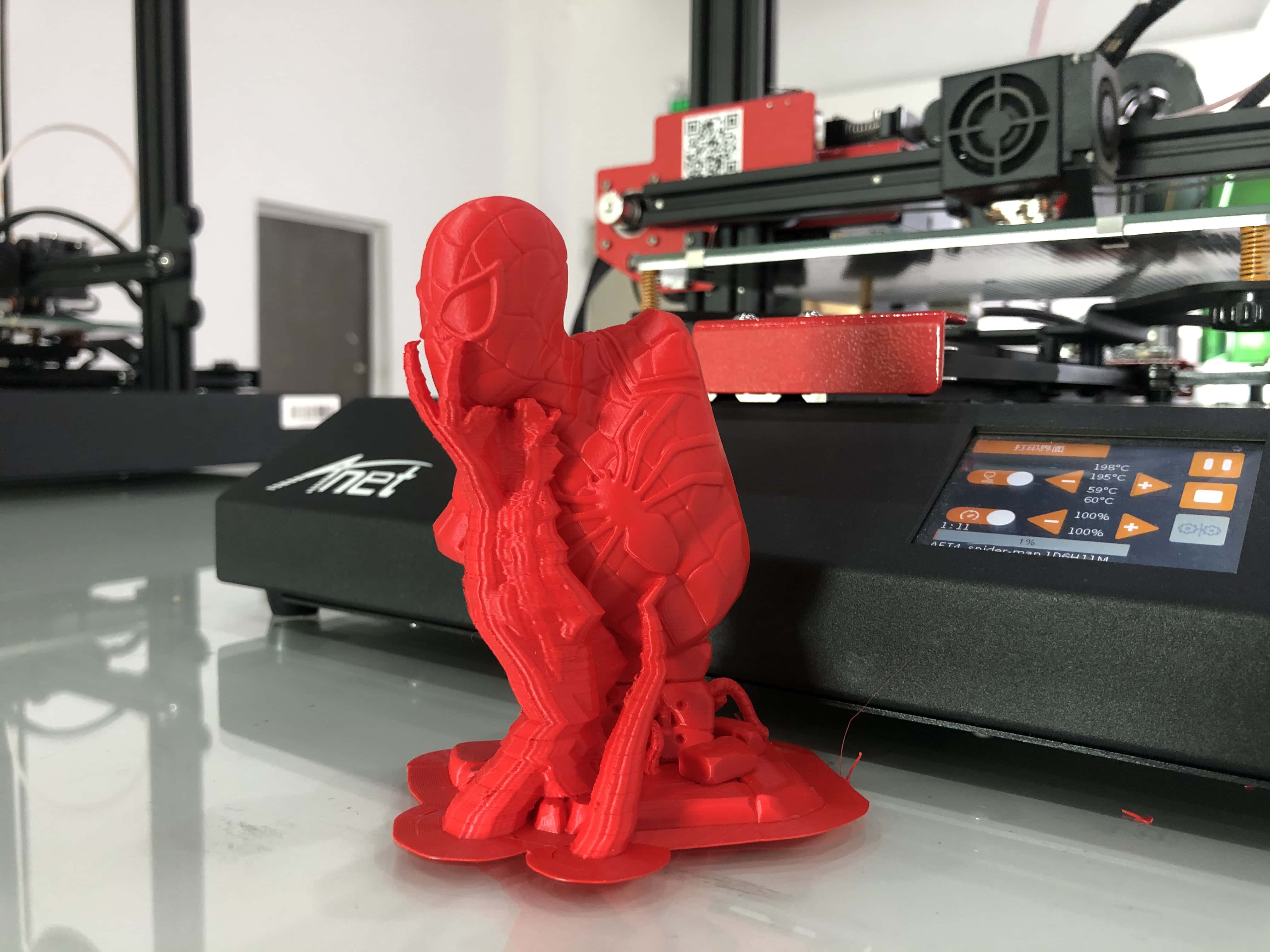

These helpers are printed parts that you will not see in Solid View. Helpers (in cyan) are commonly printed with your support material, but are not part of your model. Line Type is especially useful, as it shows detailed information about specific parts of your print. Line Type is the best option when you want to better see the parts of your model.Material Color shows you the layers in colors, depending on material type.Layer Thickness shows you the layers and differentiates by thickness. This is useful when you have the “Adaptive Layers” setting enabled.Layer view. Layer view will give you four color schemes, each with a purpose: Should this occur, you can repair your model using tools like Meshmixer or Netfabb. Missing surfaces will be drawn in red in X-ray view. If you try to slice it, but your design is broken, Ultimaker Cura will not be able to generate layers for it, resulting in missing layers. With X-ray view, you don’t need to slice your model yet. Just load the model, go to the “Preview” tab and switch to “X-ray view.” This is useful to check, as you are able to quickly tell if your design is broken or not watertight. Preview mode has two views – X-ray and Layer view

Ultimaker Cura’s Preview mode will show you what the layers look like and how they will be printed. When using Ultimaker Cura, your models are "sliced" into horizontal layers and transformed into files that your printer can understand.
Ultimaker cura 3d printer how to#
Here are a few tips on how to best prepare your print job files using Ultimaker Cura – ensuring you will have the best shot at success. There are many ways to do this, depending on the type of part, materials used, and many other factors. It is essential to properly prepare a print file before you begin the actual 3D printing process.


 0 kommentar(er)
0 kommentar(er)
